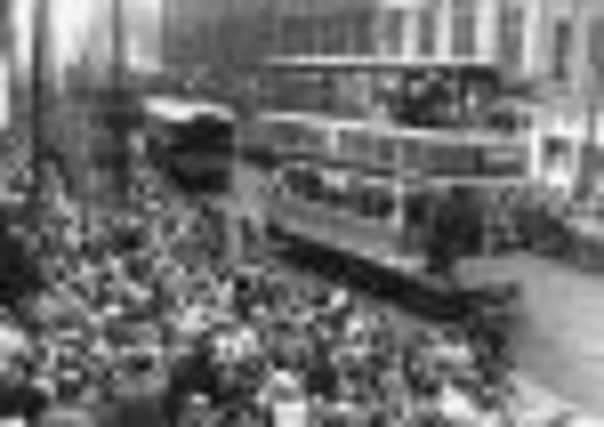Lost Glasgow: 50 years since the end of the trams


This week marks 50 years since Glaswegians lined the streets to bid farewell to a transport system which remains engrained in the city’s folklore.
Horse-drawn trams were gradually replaced by electric-powered motors in a process that began in 1898 and concluded in 1902.
Advertisement
Hide AdAdvertisement
Hide AdGlasgow’s electrified tram system was powered by the Pinkston Power Station in Port Dundas which opened in 1901.
Substations were located at Coplawhill, Dalhousie, Kinning Park, Whitevale and Partick.
The power station operated for 57 years, until it was handed over to the South of Scotland Electricity Board in 1958 and ceased operating in the early 1960s. The plant and its massive cooling tower, which dominated the skyline of the city, was demolished in 1977.
The Glasgow Corporation Tramways workshops at Coplawhill in Pollokshields were converted into the Glasgow Museum of Transport in 1964 and following its relocation to Kelvinhall in 1987 the buildings were subsequently converted into the Tramway Theatre.
The tram system was gradually phased out between 1956 and 1962, with the final trams operating on 4 September 1962.
A restored Glasgow tram operates on a short stretch of line at Sumerlee Industrial Museum in Coatbridge.